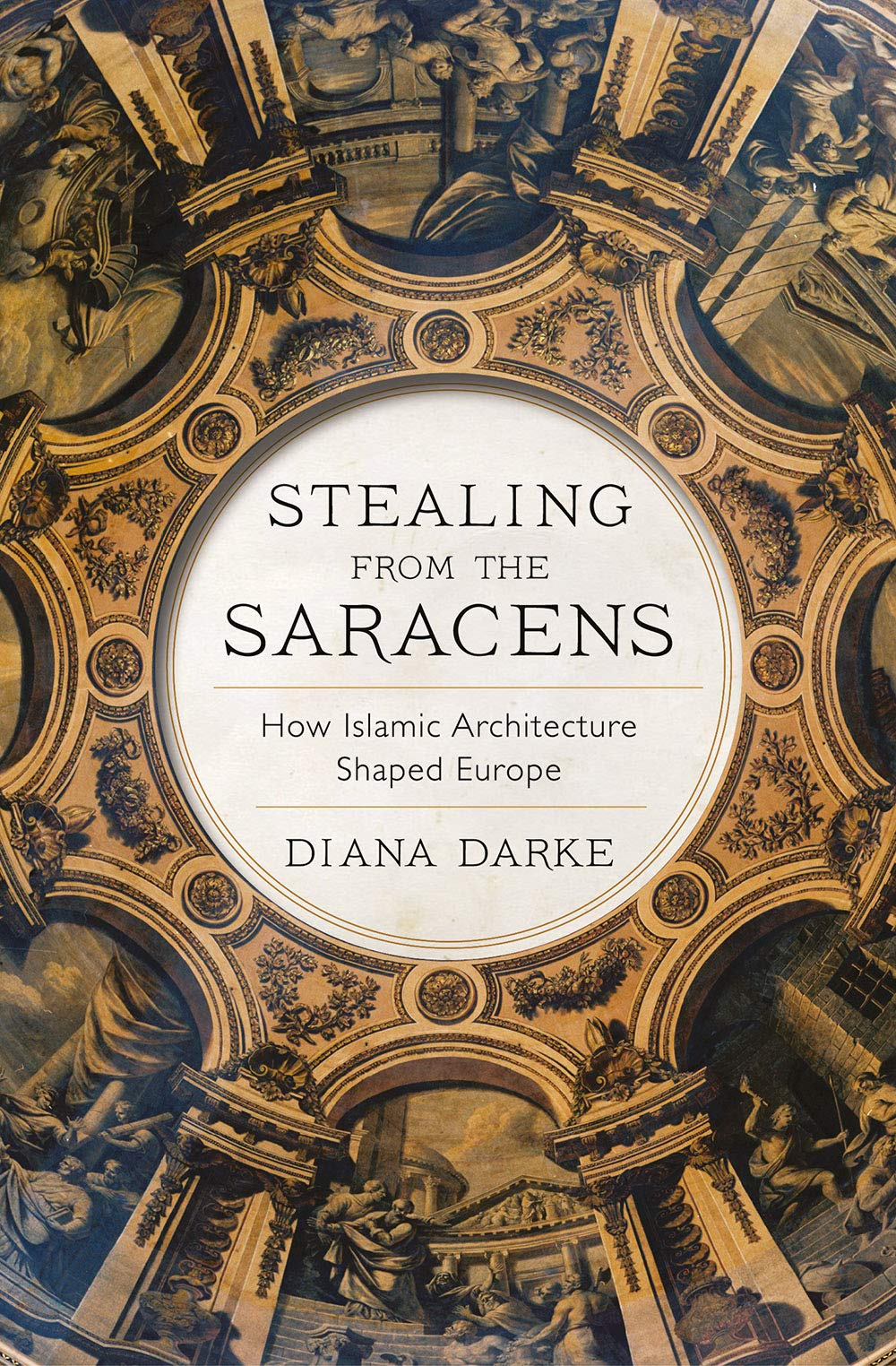
Stealing from the Saracens: How Islamic Architecture Shaped Europe
Tom Verde
Diana Darke.
2020, C. Hurst & Company, 978-1-78738-305-0, £25 hb.
Gothic architecture, with its stained glass and soaring, pointed arches, is a towering architectural and engineering achievement of medieval Western Christendom. While its symbolism is celestial, its techniques and motifs were developed “out of a succession of influences that started in the Middle East and Muslim Andalusia,” points out the author, whose extensive experience, particularly in Syria, provides the foundation of this richly illustrated, accessible account of the journeys (via commerce and conflict, mostly) of the architectural elements that came to define the Gothic. Square minarets, like those of Damascus’s eighth-century-CE Umayyad mosque, themselves inspired by Byzantine-era Syrian churches, provided models for Western church towers—a debt acknowledged by renowned 17th- and 18th-century English architect Christopher Wren, who observed that the “Gothic style should more rightly be called the Saracen style.” (“Saracen” was then a common European name for Arabs.) The trail of the pointed arch, whose development allowed structures to reach previously unattainable heights, was a “dominant motif” of medieval Abbasid Islamic architecture that drifted from Iraq to Egypt and over to Italy and then to France and the rest of Europe. A glossary helps the general reader enjoy this book that examines the full extent of the Arab world’s influence on what became an iconic Western architectural tradition.
